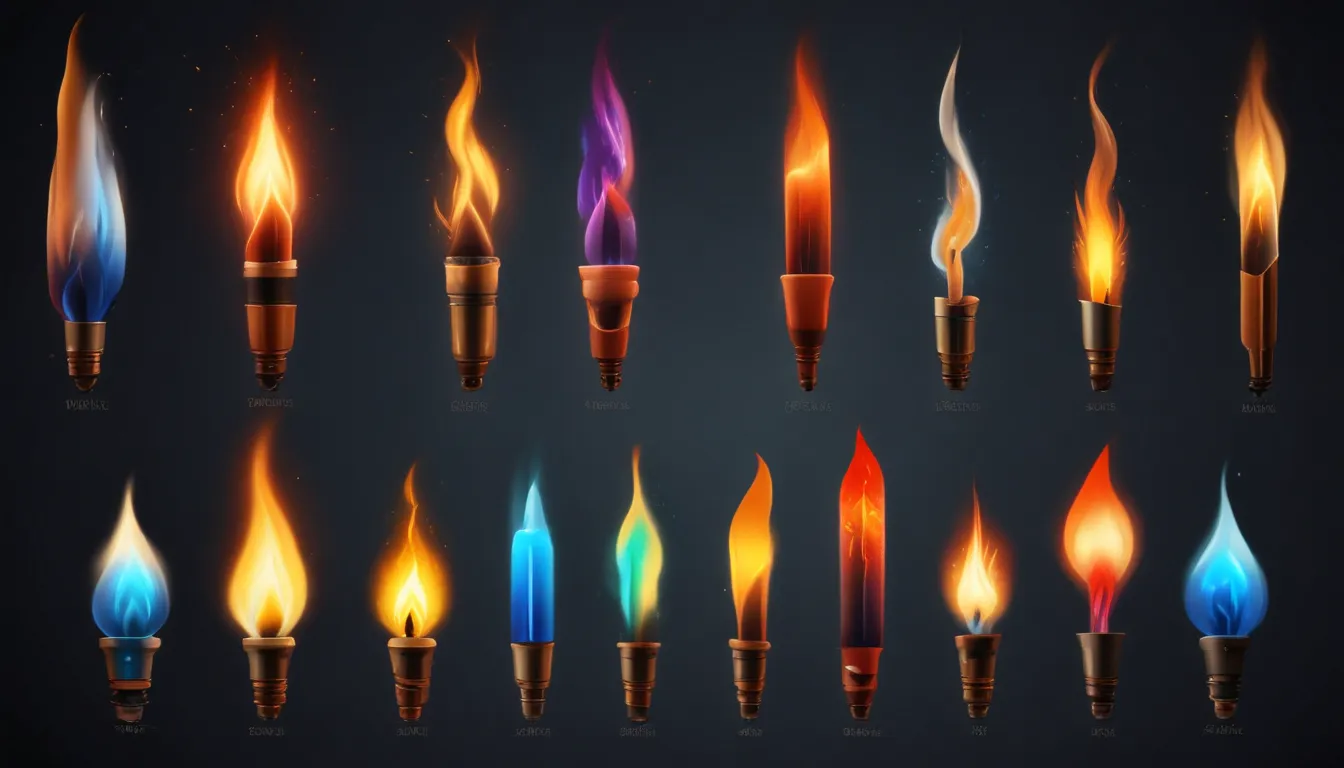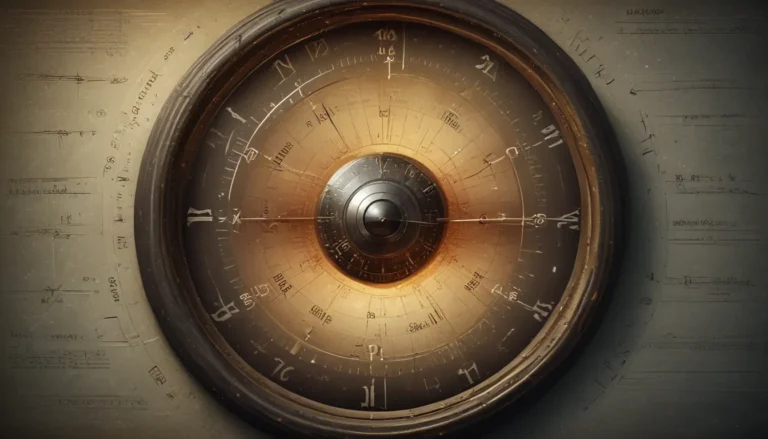A Note About Images: The images used in our articles are for illustration purposes only and may not exactly match the content. They are meant to engage readers, but the text should be relied upon for accurate information.
Chemistry is a captivating field that unveils the mysteries of the elements that make up our world. One of the most intriguing techniques used in chemistry is the Flame Test. By heating a sample in a flame and observing the colors emitted, scientists can identify and analyze different elements based on their unique characteristics. This method not only aids in determining the composition of substances but also provides valuable insights into their properties and electronic structures. Join us as we explore the mesmerizing world of Flame Tests and uncover ten fascinating facts that will deepen your appreciation for this remarkable field of study.
Key Takeaways:
- The Flame Test is like a colorful fingerprint for each element, providing a unique identifier based on the colors they emit when heated.
- This technique is not limited to chemistry labs; it is also used in various industries such as fireworks, art, and even cooking to create vibrant and visually appealing experiences.
The Flame Test: An Essential Analytical Technique
The Flame Test stands out as a widely used analytical method in chemistry for identifying and detecting elements based on the distinct colors they emit when exposed to a flame. By harnessing the unique electronic configurations of each element, scientists can unveil a spectrum of colorful flames that serve as a visual indicator of their presence.
Unveiling Elemental Identities Through Colorful Flames
Each element possesses its own electronic configuration, leading to the emission of specific wavelengths of light when heated in a flame. This phenomenon results in a characteristic color flame for each element, allowing for their identification with ease. For example, potassium produces a captivating violet flame, while copper dazzles with a greenish-blue hue.
Discovering Hidden Substances Through Flame Tests
The Flame Test serves as a powerful tool for identifying unknown substances based on the colors they emit when subjected to a flame. This method has broad applications across various fields, from forensic science to environmental analysis, enabling researchers to unravel the mysteries of unfamiliar compounds through the mesmerizing dance of colored flames.
Beyond Metals: Exploring Colorful Flames in Non-Metallic Compounds
While the Flame Test is commonly associated with metallic elements, non-metallic compounds can also exhibit characteristic colors when exposed to a flame. From the green flames of boron compounds to the blue flames of sulfur-containing substances, the world of Flame Tests extends beyond metals to encompass a diverse array of elements.
A Historical Journey: Tracing the Origins of the Flame Test
The concept of the Flame Test has roots that stretch back to ancient civilizations such as the Chinese and Egyptians. These early pioneers used flame colors to identify elements, laying the foundation for modern-day analytical techniques, even without a deep understanding of the underlying scientific principles.
The Science Behind the Spectacle: Energy Levels of Electrons in Flame Tests
In the world of Flame Tests, the captivating colors emitted by elements are a result of their electrons absorbing energy and transitioning to higher energy levels when heated in a flame. As these electrons return to their original states, they release energy in the form of light, creating the colorful display observed during Flame Tests.
Influential Factors: Understanding the Variables in Flame Tests
While the Flame Test is a powerful analytical technique, its observed colors can be influenced by factors such as element concentration, flame temperature, and the presence of other compounds. These variables must be carefully considered to ensure accurate interpretation of the results.
Adding Sparkle to Celebrations: The Role of Flame Tests in Pyrotechnics
The vibrant colors that light up the night sky in fireworks displays are achieved through the use of different metallic compounds, selected with the help of Flame Tests. This application of Flame Tests in pyrotechnics adds an extra layer of excitement to celebrations, captivating audiences with a dazzling array of colors.
Hands-On Learning: Flame Tests as Educational Tools
In educational settings, the Flame Test takes center stage as a hands-on experiment in high school and college chemistry labs. By engaging students in the process of observing and interpreting colorful flames, this activity brings concepts of atomic structure, electron energy levels, and spectroscopy to life, igniting curiosity and passion for chemistry.
Beyond the Laboratory: Diverse Applications of Flame Tests
The Flame Test transcends its scientific origins to find applications in various fields beyond the laboratory. From authenticating paintings in the art world to identifying impurities in gemstones and enhancing culinary presentations with vibrant colors, Flame Tests have left their colorful mark on diverse industries and creative endeavors.
Conclusion: Unveiling the Mysteries of Flame Tests
The enchanting world of Flame Tests offers a fascinating glimpse into the elemental composition of substances through a symphony of colorful flames. By leveraging the unique characteristics of each element, scientists can unlock hidden truths and gain valuable insights into the world of chemistry. From ancient civilizations to modern-day applications, the Flame Test continues to captivate and inspire with its colorful display of elemental identities.
FAQs: Exploring Common Questions About Flame Tests
-
How does the flame test work and what are its uses?
The flame test involves exposing a sample to a flame to observe the colors emitted, aiding in the identification of elements. It finds applications in various fields, including forensic science and pyrotechnics. -
Can any element be identified using the flame test?
While many elements produce distinct colors in the flame test, not all may exhibit visible color changes, making some elements harder to identify through this method. -
Are safety precautions necessary when conducting a flame test?
Yes, safety precautions such as wearing protective gear and working in well-ventilated areas are essential when working with open flames and chemical compounds to ensure safe experimentation. -
Can the flame test determine the concentration of an element in a compound?
The flame test primarily identifies the presence of an element in a compound based on the color of the flame emitted and is not typically used for quantitative analysis of element concentration. -
How can I learn more about other fascinating aspects of chemistry?
Dive deeper into the world of chemistry with our engaging articles on analytical techniques, metal interactions, and more to discover the wonders of science that shape our understanding of the world.
As you delve into the captivating world of Flame Tests, immerse yourself in the vibrant colors and hidden secrets waiting to be uncovered through this remarkable analytical method. Let the dance of colored flames ignite your curiosity and spark a newfound appreciation for the wonders of chemistry.






